Joe Biden’s election created an expectation of a return to normality in the United States’ relationship with the rest of the world. The President’s campaign and his initial speeches have showed that rhetoric against international bodies, exaggerated nationalism and scientific denialism must be left behind.
But the friction between relations with China, stoked by the Trump government, and many of its consequences — most visibly, the trade war — will not go away so easily.
Analysts do not expect the soybean market in South America to shrink in the near future as the United States muscles back in, though many fear this outcome. According to market sources consulted by Dialogo Chino, Biden represents continuity over change in this area.
“In general I see Biden following the same route as Trump. I don’t see a major change happening for this kind of agricultural markets and commodity exports,” says Wilhelm Uffelmann, a partner and global leader of food and agribusiness practice at Roland Berger.
Since 1968, the amount of land dedicated to soy crops has increased faster than seen with any other major crop globally. According to data from the United States Department of Agriculture (USDA), 122 million hectares are destined for cultivation all over the planet. After Brazil, the United States is the second largest producer of soybeans on the planet. The commodity’s main destination is China.
Dialogo Chino talked with market analysts and representatives of the retail sector to understand what we can expect now Joe Biden has been inaugurated as president.
Eyes on South American soybeans
Every year, the number of inhabitants in the world grows by the equivalent of Germany’s population — approximately 81 million people — and meat consumption by 1.4%. It is this growing demand for protein that puts pressure on the main soybean producing regions.
38 million
The area of farmland, in hectares, dedicated to growing soy in Brazil
Soy is the primary source of protein in the world, particularly as it serves as a basis for animal feed — approximately 80% of global grain production goes to this end.
Almost half of the world’s soybeans are harvested from plantations in South America. As the world’s largest producer, Brazil devotes some 38 million hectares to plantations, an area larger than Japan. Argentina and Paraguay are also key producers, with 17.7 and 3.6 million hectares, respectively, planted in the 2019/2020 harvest.
Much of this quota is exported to China, which has been investing in regional infrastructure to protect the supply chain. Despite China’s search for other markets, such as African countries, South American soy producers do not fear a significant impact on their sales.
“I believe that in the next 30 years Africa should show strength, but with lower technology than Brazil. Local political issues make it very difficult to invest in Africa,” says Bartolomeu Braz Pereira, president of the Brazilian Association of Soy Producers (Aprosoja).
Continuity of trade dispute
It was Donald Trump who instigated the trade war with China, imposing tariff barriers that damaged the export of commodities from local producers. In 2016, the last year of the Barack Obama administration, U.S. soy exports to China reached a record $14.2 billion. Two years later, at the peak of Trump’s dispute, the negotiated value plummeted to $3.1 billion.
One consequence of this conflict was the sharp increase in Chinese imports of soy from South America, especially Brazil, who in 2018, increased soy exports by 35% compared to the previous year.
Despite the differences between Biden and Trump, it is uncertain whether the new president will ease the tariff war between the two countries during his term. In an interview with the New York Times, Biden said he would not make immediate moves to lift trade tariffs before assessing the first phase of the agreement to ease trade tensions.
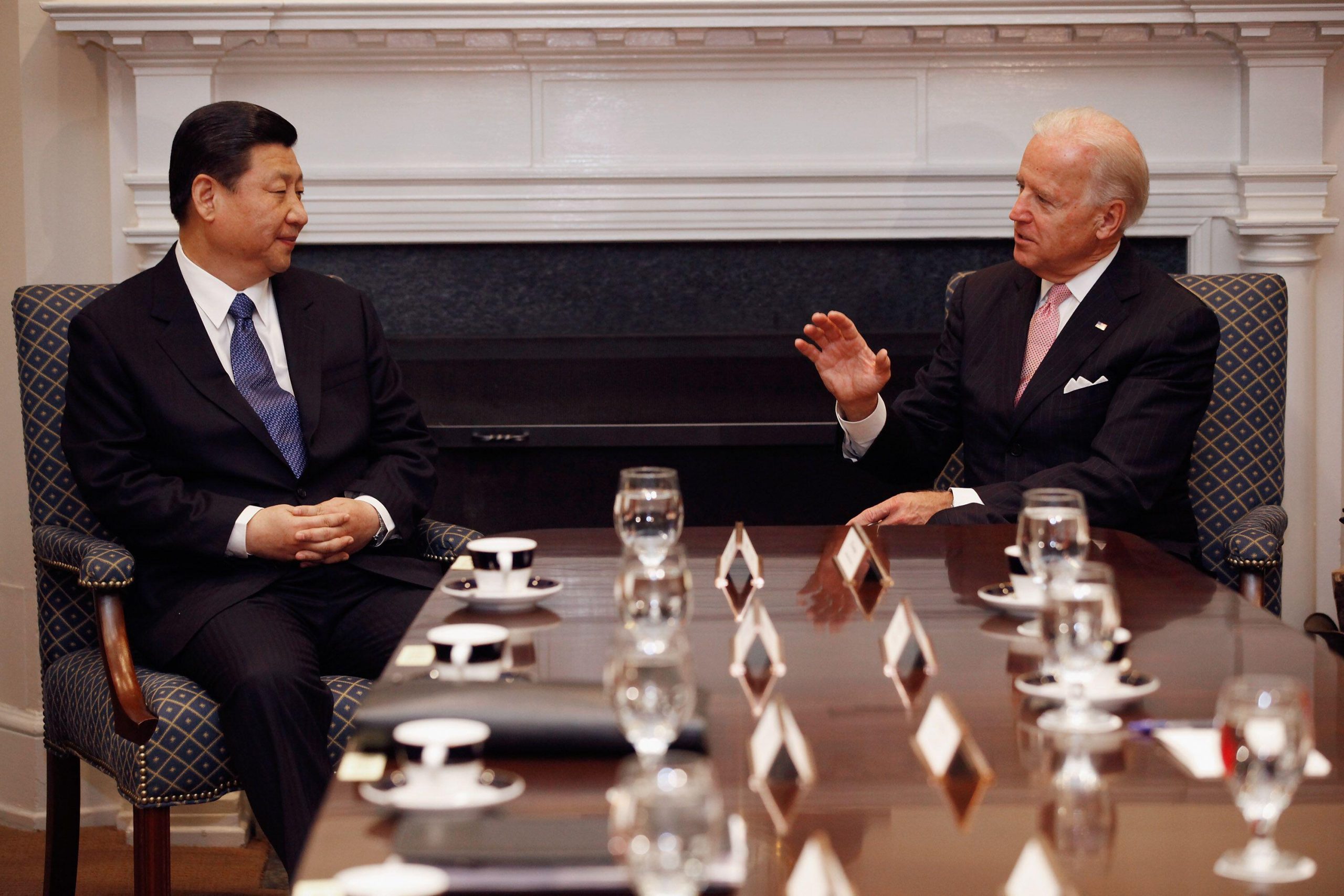
The conciliation allowed the Chinese to buy US soybeans at tariffs rates set before the 25% increase imposed in 2018, in response to similar tariffs on Chinese products imported into the United States.
For Daniele Siqueira, AgRural’s market analyst, the election of Joe Biden should not significantly affect the soybean market in relation to the trade war. “The dispute tends to continue, but without as many bumps as in the Trump government. The [first] phase of the agreement has already brought a certain normality to the market,” he says.
Brazil has not failed to expand production under Obama’s administration, of whom Biden was vice president, and should not fail to do so under Biden
On the Chinese side, even if there is a resumption of the purchase of US soy, the tendency is for China to diversify its suppliers with domestic investments and in African countries. But there are still advantages in the South American market.
“China has been phasing out it’s North American oilseed suppliers, preferring instead to buy South American soy which has a higher concentration of protein” and makes it more attractive for animal feed, explains João Fernandes Silva, an analyst and price reporter at PRIMA-Markets.
Environmental issue
Although the achievements of Brazilian agribusiness are solid, the environmental issue may become a thorn in the side of the Biden government. In the September 29 debate, Biden accused Donald Trump of not acting to preserve the Brazilian Amazon, saying that if he were president he would seek resources to protect the Amazon, and if Brazil did not act against deforestation, it could suffer “significant economic consequences”.
Traditionally, soy is planted in pastures in southern and central-western Brazil, especially in the Cerrado. It is estimated that this biome has already lost 50% of its original coverage. But soybean cultivation is expanding to other biomes, including the Legal Amazon, and there are already questions about the continuation of the Soy Moratorium, which has blocked the commercialisation of grains produced in areas deforested since 2006.
Environmental pressure comes more from Europe than from the US or China
In Paraguay, soybeans are primarily planted on Atlantic Forest land, but a moratorium has slowed planting in the biome and pushed new areas of soybeans and pastures toward the Gran Chaco, another endangered biome.
It is not yet clear whether Biden will act to preserve the environment in Latin American countries, action that would be detrimental to the economic interests of the United States. “Brazil has not failed to expand production under Obama’s administration, of whom Biden was vice president, and should not fail to do so under Biden,” points out Siqueira of AgRural.
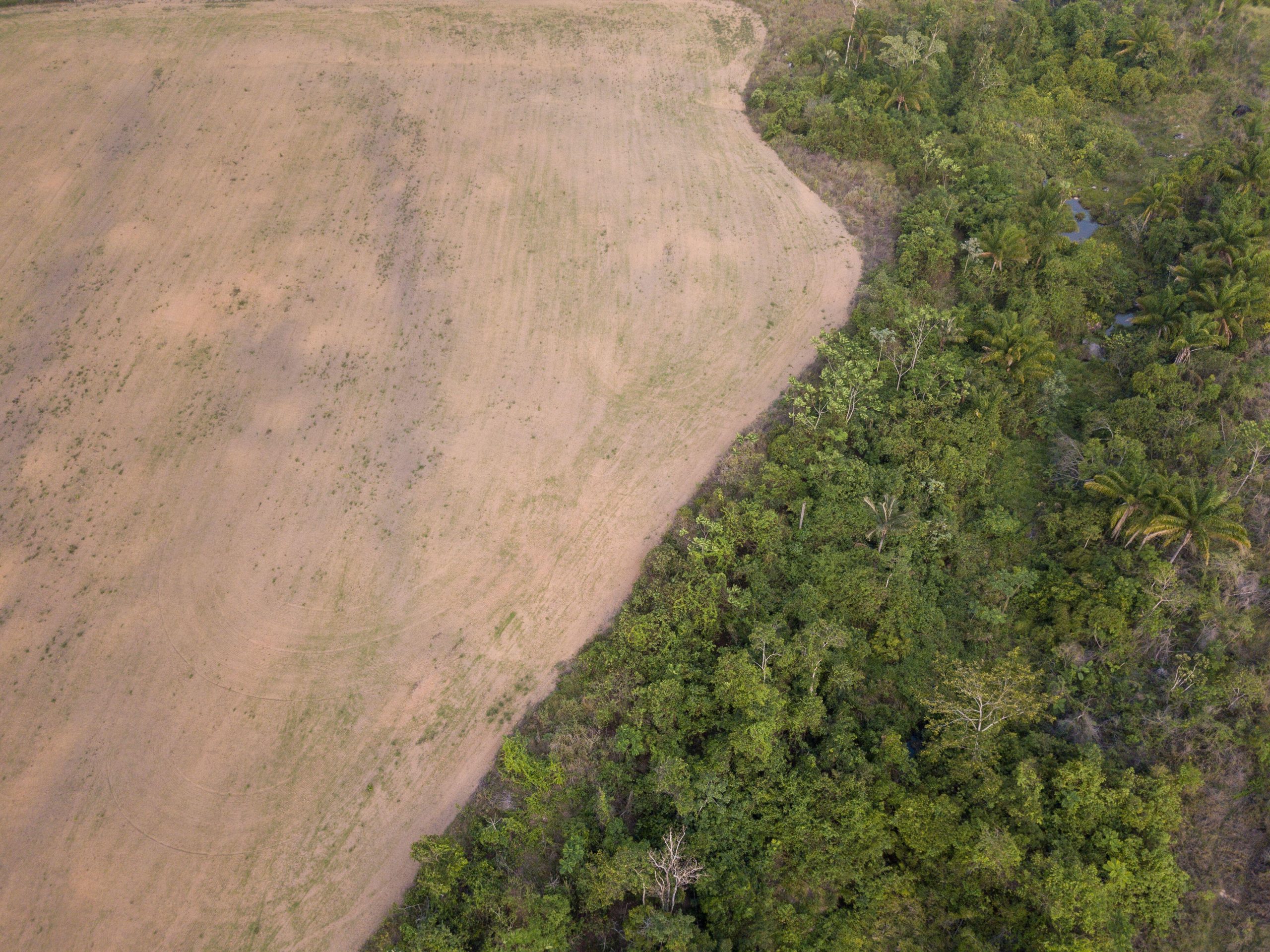
“Environmental pressure comes more from Europe than from the US or China,” says Silva of PRIMA-Markets. “But with Biden pointing out that he will return to the Paris Agreement, the possibility of restricting the purchase of commodities from countries that do not comply with the agreement is back on the table”.
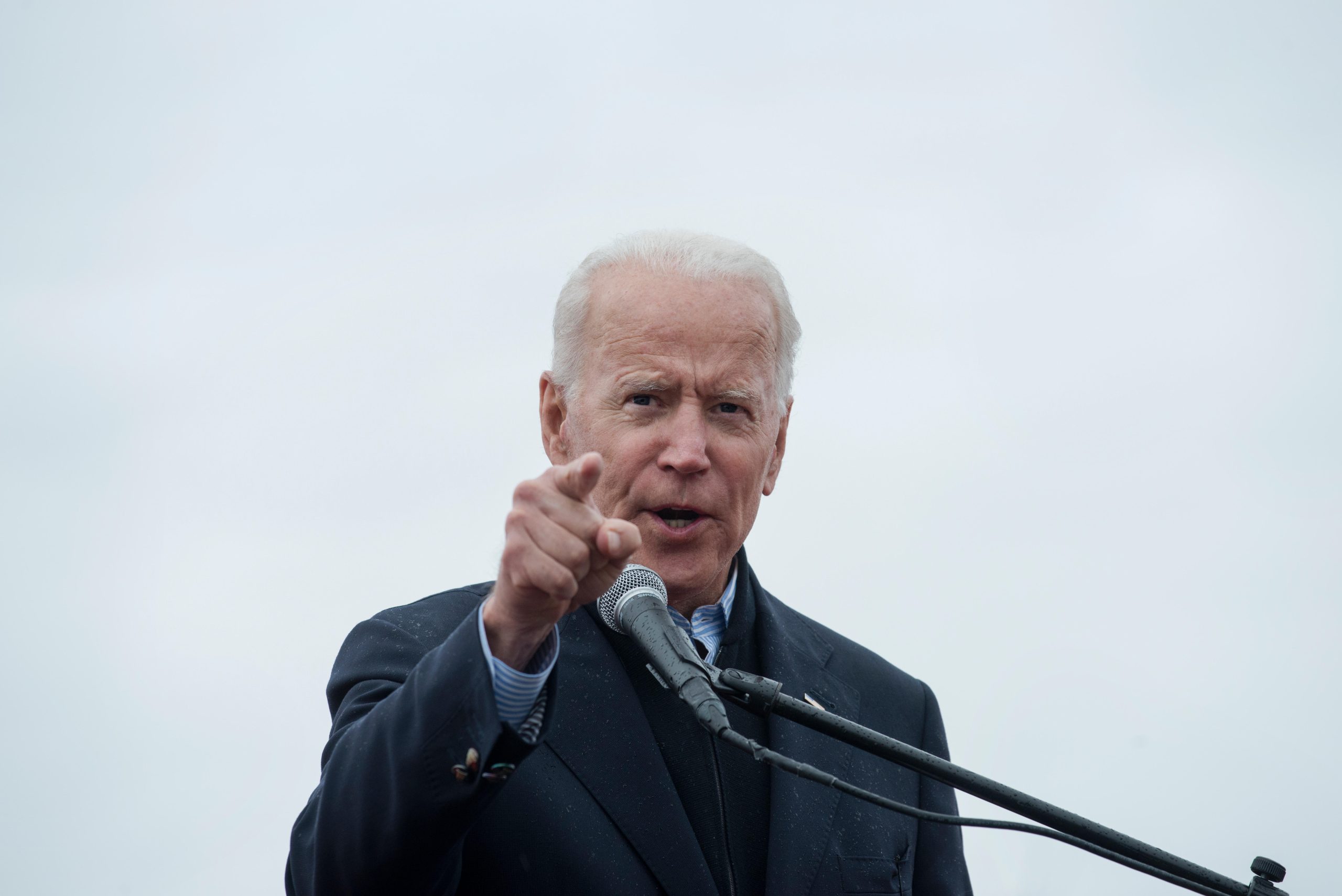
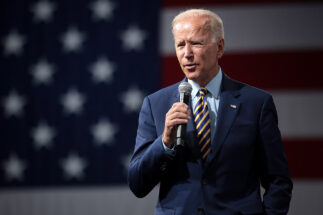
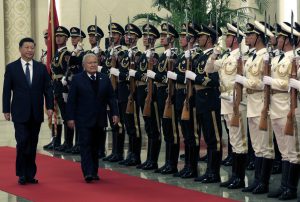
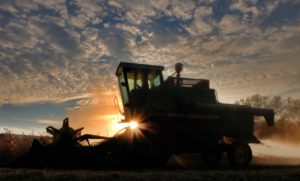

![Saat mule (seven springs)—source of water for Nepal’s first hydropower project installed in 1911. Locals have built seven spouts and use this water for drinking and other purposes. Rest of the water goes to the reservoir pond [image by: Ramesh Bhushal]](https://dialogue.earth/content/uploads/2021/02/untitled-01-300x200.jpg)
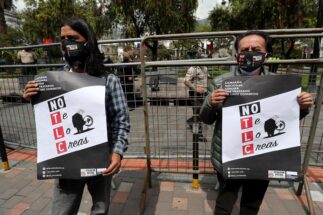
![Tsering standing on an outcrop observing her pashmina goat flock [image by: Stanzin Dorjai Gya]](https://dialogue.earth/content/uploads/2021/02/DSC07391-300x200.jpg)
